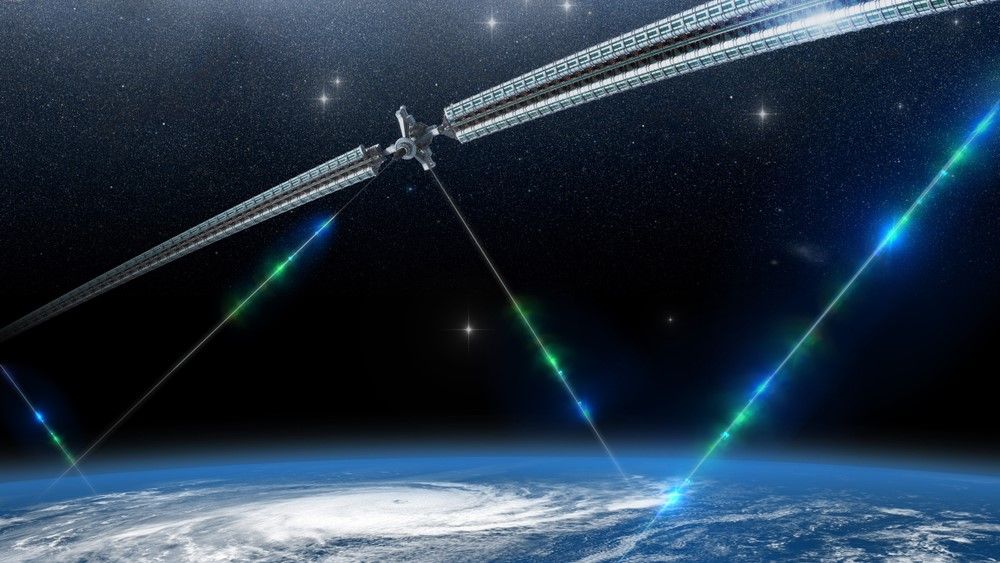We love outlandish ideas and companies that take risks — that, after all, is how science and technology progress. But with every success comes a dozen failures and that’s what this list celebrates.
These are some ideas that could have been the next big thing: concepts that got backing but ultimately failed to take flight. Some were unlucky with timing. Some appeared to forget entirely to consider what consumers might actually want. And some, a handful, may yet have their moment of success.
So here’s a love letter to the Betamaxes and robot butlers of this world — not that either of those made the cut. To the technologies that could have made it, were it not for that most fickle of mistresses: us, the buying public.
Bluetooth face masks
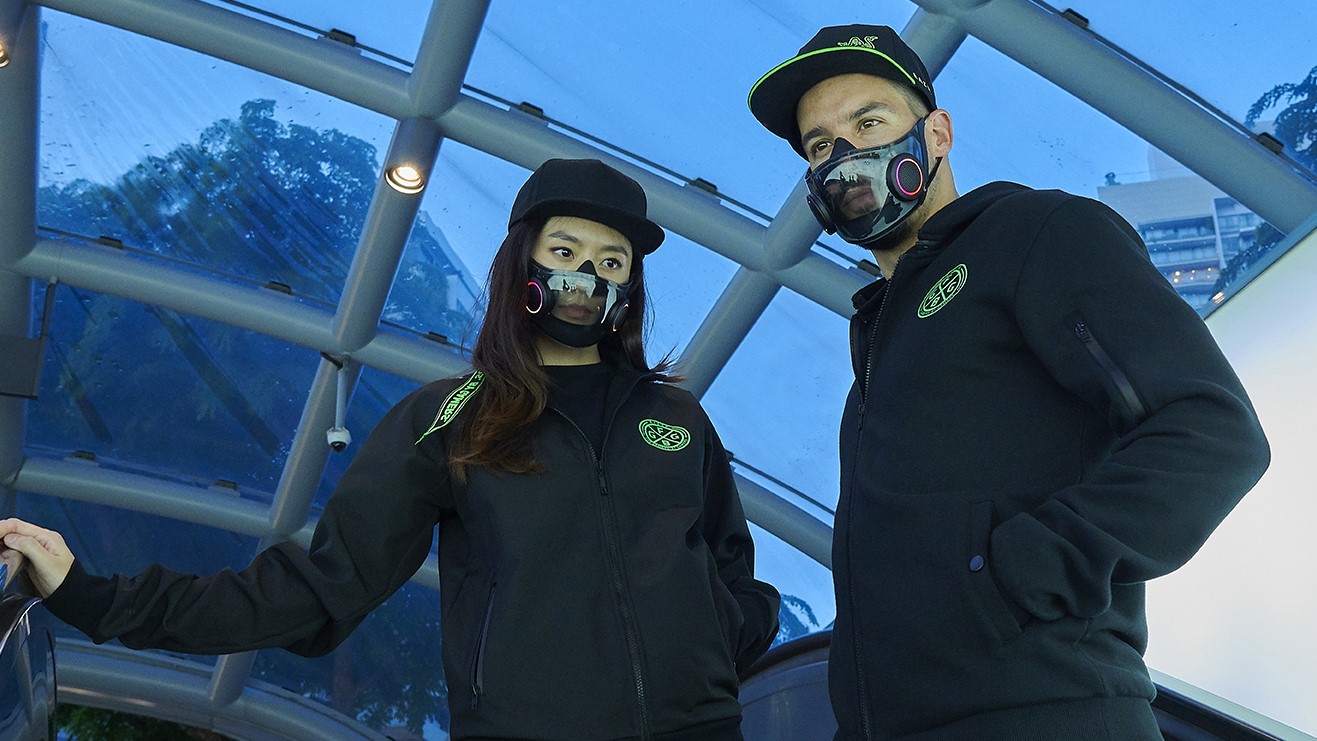
CES, the world’s biggest consumer technology show, takes place in Las Vegas every January. In 2022, you couldn’t walk through its halls without seeing tech aimed at reducing the spread of viruses. Several companies decided that Bluetooth face masks were the future, allowing people to take calls, listen to music and stay safe from infection. Razer’s Zephyr is perhaps the most famous example, complete with RGB lights, speakers and replaceable filters, all for $99. But like every other Bluetooth face mask, it’s long since disappeared from sale.
Hoverboards

It’s not that hoverboards can’t be made. The picture here is real, taken at a Formula 1 race in 2022, and around a decade ago you could even buy hoverboards from ARCA Space and Hendo. But then, much like a Live Science writer if they ever tried to ride one, came the crash. People love the idea of a true hoverboard — especially anyone who grew up watching Back To The Future — but when the reality is a few minutes of flight time and an outlay measured in five figures, hoverboards remain more McGrounded than McFly.
Steam Machines
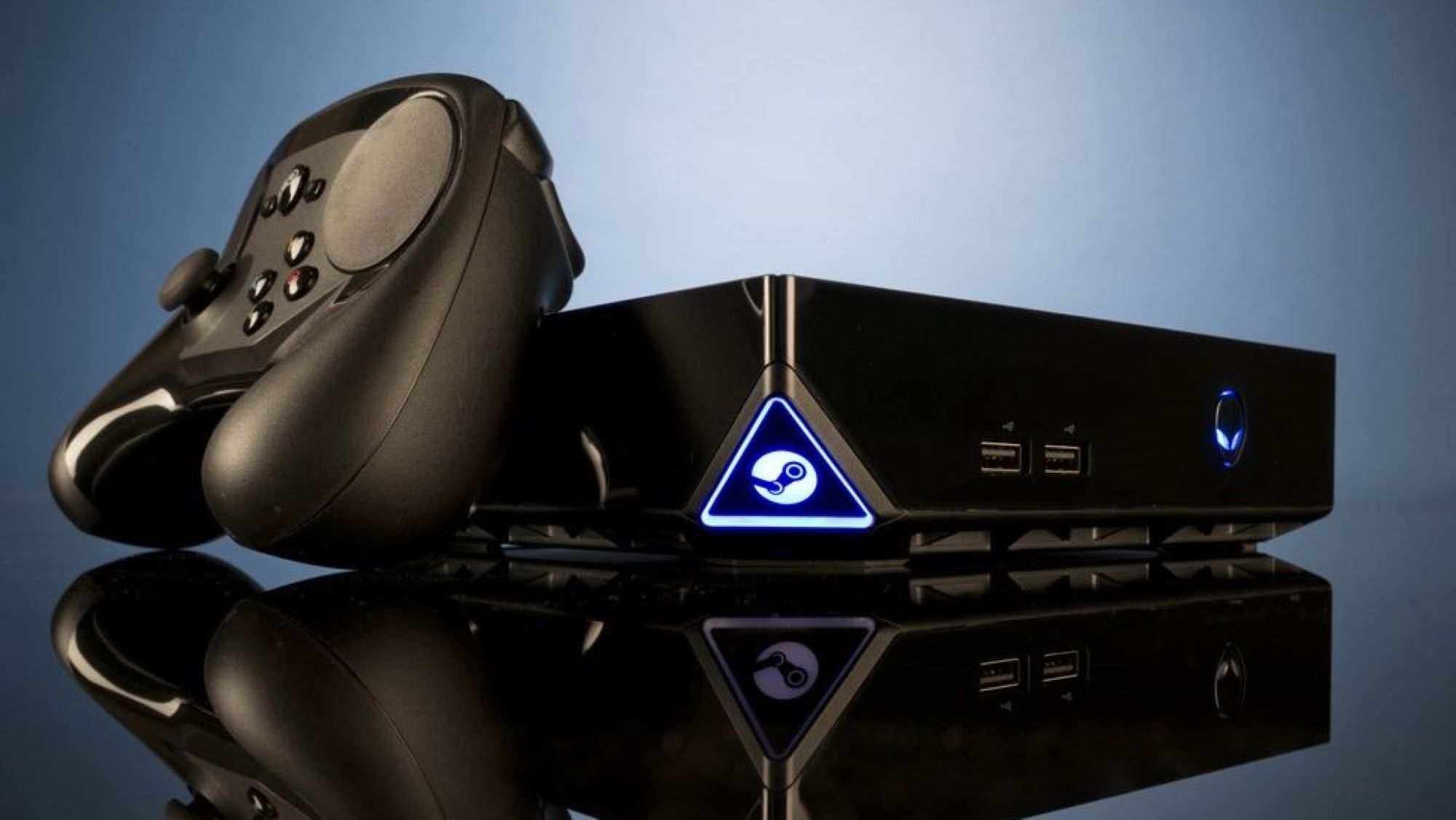
Back in 2013, Valve — the company behind the Steam gaming platform — thought it had spotted a gap in the console market. Rather than play a limited number of expensive games on the Xbox and PlayStation, it would give gamers an open platform to play any Steam-purchased game. But it took two years to get from announcement to hardware, and even with big-name backing from Alienware and Gigabyte, total sales of Steam Machines never even reached a million. To put that into perspective, Sony shipped 87 million PlayStation 3 units.
Cat translators

Back in 2003, a Japanese firm launched Meowlingual, a cat-translation device. Point it at your cat’s face, let it listen to the sounds he or she was making, and it would reveal your pet’s current mood via an on-screen display and a short phrase (think “I’m hungry”). And here’s the science bit: the device used “voiceprint analysis technology developed at Tokyo’s distinguished Japan Acoustic Laboratory,” according to an article in The Guardian. Meowlingual went on sale in the U.S. and Japan for around $75, but we’re sorry to say it’s no longer available.
Monowheels
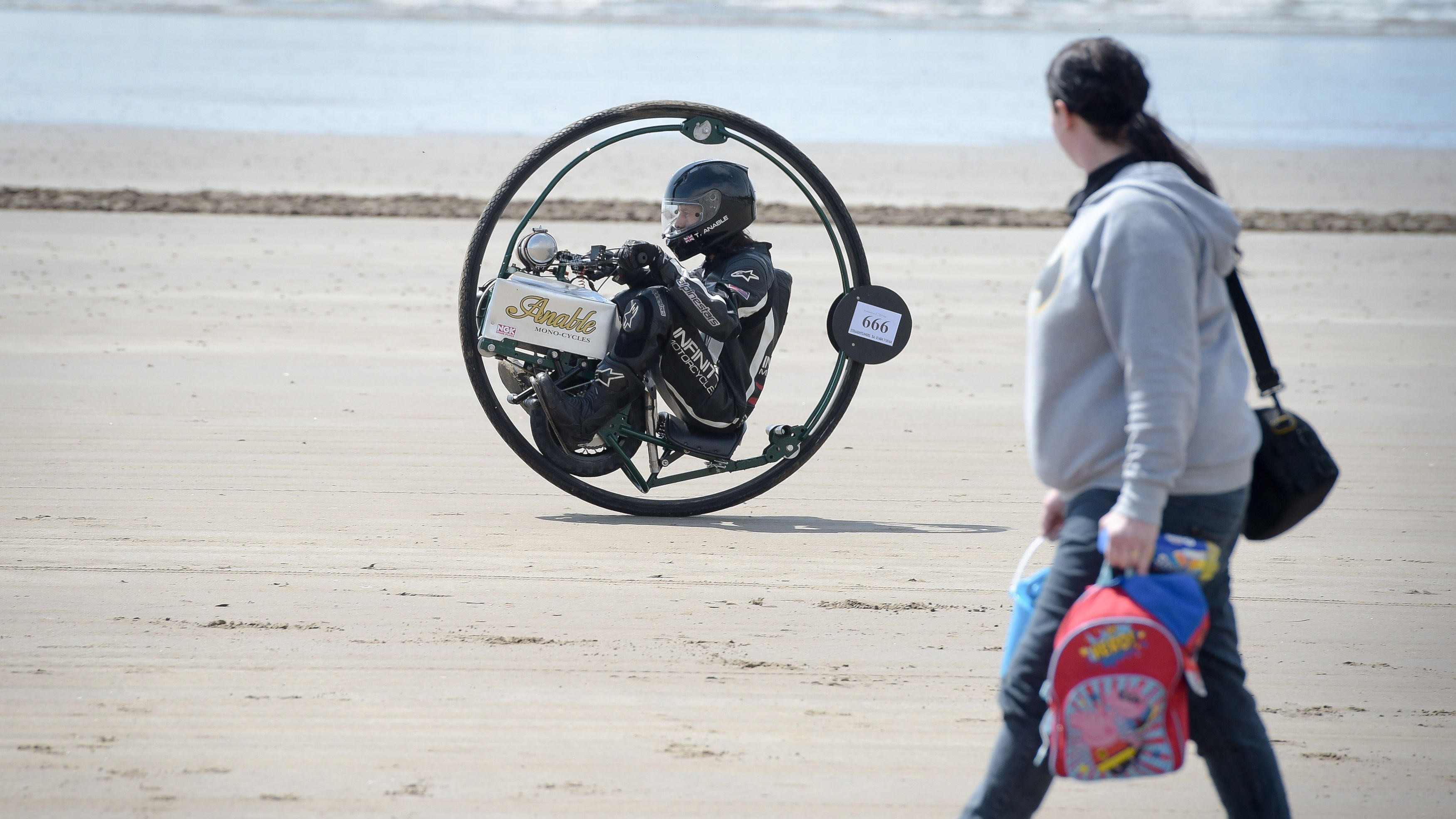
Why sit on a wheel when you can sit inside one? And then use an engine — similar to a motorbike’s — that can revolve the wheel around you, to carry you along at speeds of up to 61 miles (98 kilometers) per hour, the current world record? One good reason is that steering and braking are a challenge, with riders often using their feet, but ever since the first design in 1869 the idea has consistently caught people’s imagination. Albeit more for fun and exhibitionism than as a viable means of transport.
Robotic sheep shearers
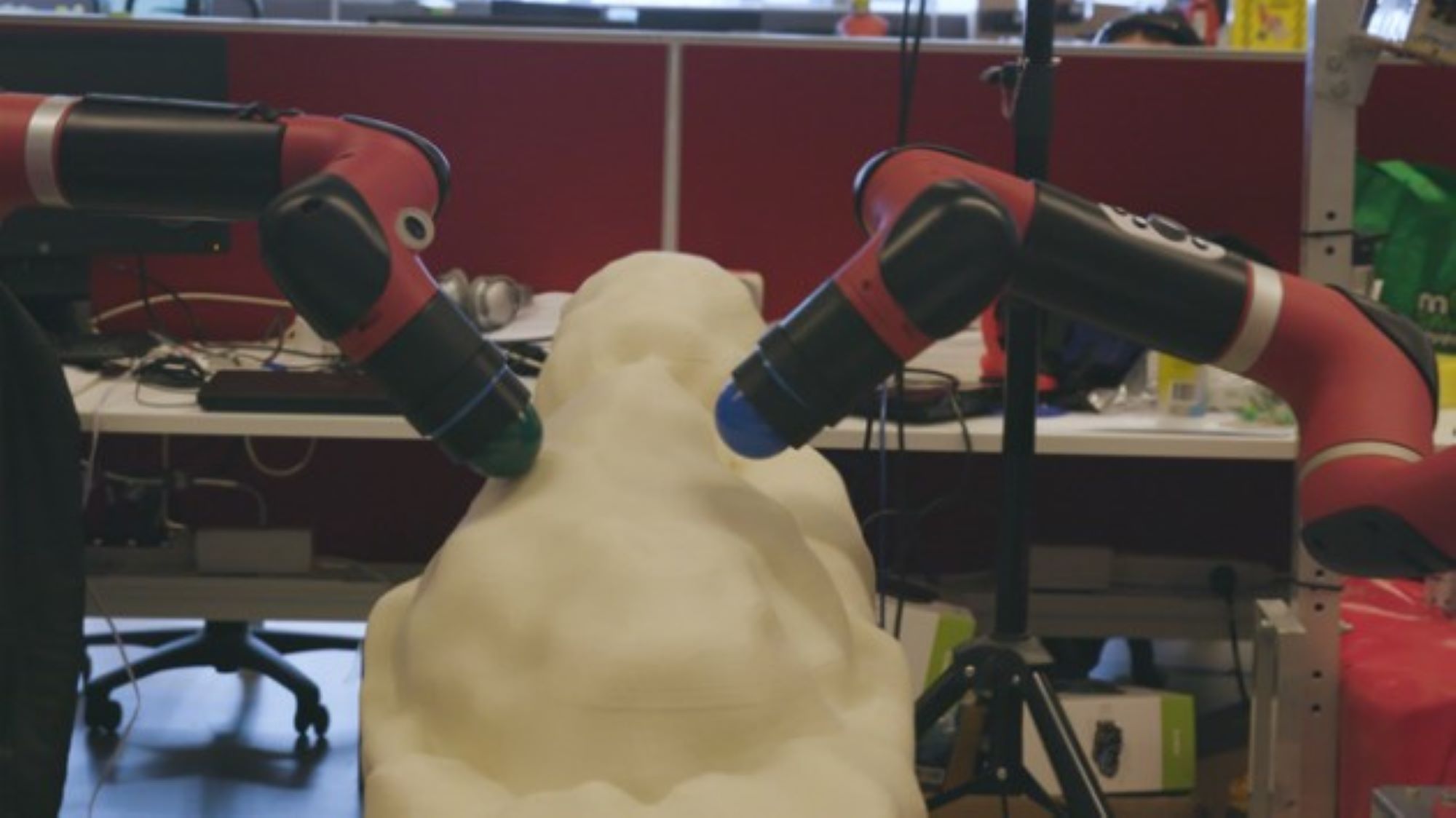
Australia dreams of electronically sheared sheep. With a collective flock numbering 75 million, its universities and industry bodies have been investigating ways to automate the process since the mid-1980s. There’s even a YouTube video showing one such prototype, from the University of Western Australia, in action. But we warn you, it looks pretty disturbing compared to manual sheep shearing. Robotic sheep shearers are still being worked on, but the old way continues to dominate — and likely will for decades to come.
AR glasses
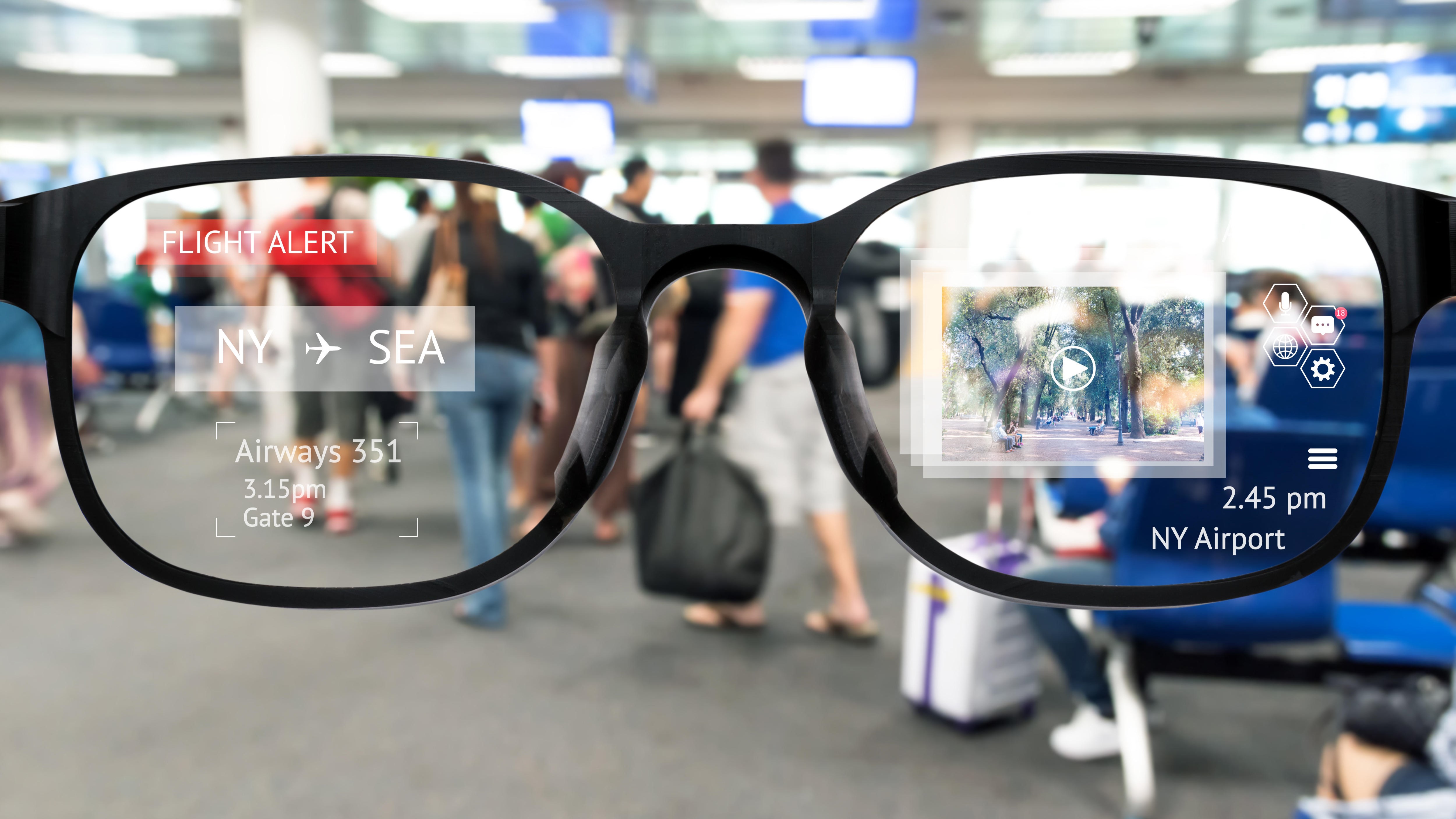
A clarification: we’re not putting smart glasses on this list. We actually like the recent designs from Ray-Ban and Amazon. Instead, we’re talking about true augmented reality glasses that want to overlay images across your vision, perhaps to give you directions or tell you all about the tourist attraction you’re gazing at. Because as Google Glass’s infamous demise showed, the public don’t like cameras staring at them — and glasses wearers don’t like terrible battery life coupled with bulky, ugly design.
HD DVDs

Remember round two of Betamax versus VHS? This time it was Toshiba rather than JVC that took on Sony, with both proposing high-res replacements for DVDs in 2005. Toshiba’s HD DVDs initially tripled capacity to 15GB, but with the promise that discs would still work on older DVD players. Despite Toshiba’s collaboration with the movie industry, Sony’s Blu-ray swept to victory thanks to a larger capacity at launch and because the popular PlayStation 3 included a Blu-ray player as standard. To get the full benefit of HD DVDs, you had to buy an expensive HD DVD player. By 2008 it was game over.
Radio newspapers

We endlessly scroll through information on our phones today, but back in the 1930s some lucky Americans could scroll through a radio-delivered newspaper each morning. This used radio stations to beam information to local homes overnight, where it would be printed out at an excruciating 15 minutes per page. The idea became commercial reality thanks to William Finch and his $125 receivers, but thanks to information loss due to static, annoying paper jams and the sheer expense involved, the dream came to an end in 1952 when Finch’s company went bankrupt.
Smelly movies

When TVs started arriving in American homes, movie studios realized they needed to take action to revive plummeting theater-attendance numbers. One answer: smelly films! The core idea was for an odor to drift through the cinema, propelled via fans, to match the on-screen action. When Smell-O-Vision debuted in the 1960 movie “Scent of Mystery,” filmgoers were subjected to 30 such smells that also served as clues (spoiler: the killer used a distinctive cologne). But it was expensive to add the system to cinemas, the technology was unreliable and the smells lingered long after the action.
3D TVs

A prime example of a technology desperately searching for a market rather than solving a problem, 3D TVs were loved by manufacturers but met with apathy by buyers. Why? Because the number of great 3D movies can be counted on one finger, and because people watch TV to relax rather than wonder if that’s a headache building behind their eyes. The tech is there — John Logie Baird first demonstrated stereoscopic TVs back in 1928 — but even when LG, Samsung and Sony flooded tech show CES with 3D TVs in 2010, sales flopped. It’s time to accept that 3D TVs will never have their day.
The Net PC
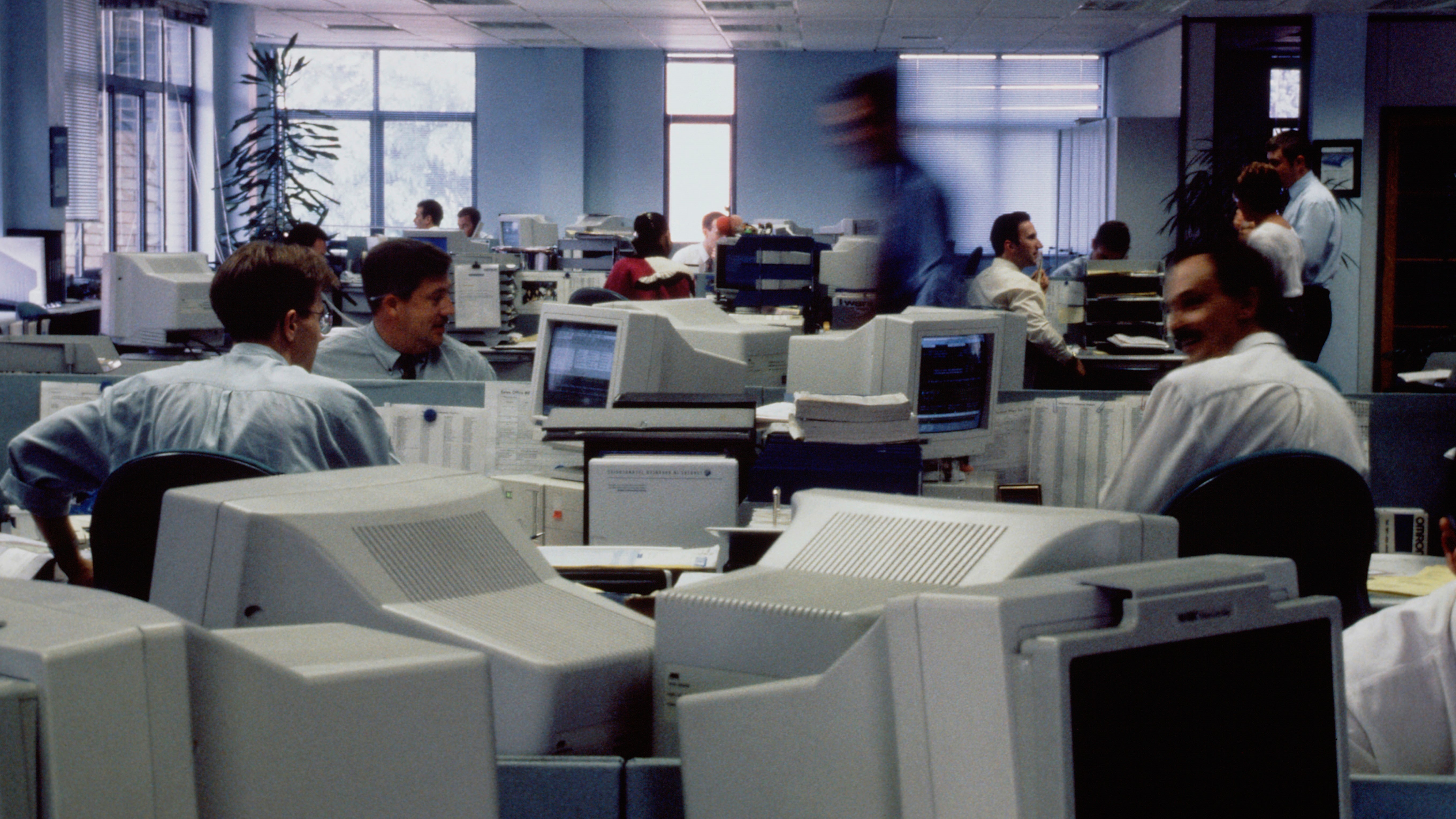
Back in the mid-1990s, Intel and Microsoft cooked up an idea. They could save businesses money by providing stripped-down PCs that were managed by IT teams and geared towards basic office tasks. Users couldn’t install any extras: the Net PC was a simple, closed beige box locked down by the business they worked for. Despite the backing of Acer, Dell, HP and many other big names, the idea flopped. The price was simply too high — often more than “real” PCs — and while IT managers may have loved the idea of simple network boxes, users most certainly did not.
Modular phones

Remember Project Ara? This was Google’s attempt to create a phone assembled from blocks that could be easily replaced over time — buy the original phone then upgrade the processor, memory, camera or whatever as you desired. It also looked funky. Sadly, Project Ara never moved out of concept and into reality, just like the Modu phone before it. There are success stories — the Fairphone has many fans, as does the German Shiftphone — but we’re keeping modular phones in this list until they break into the true mass market.
Gesture control for computers

To us, the fact we aren’t all using voice recognition and hand gestures to control our computers — an idea that dates back to the 1970s — emphasizes just how good keyboards and mice are. Despite huge improvements in gesture control over the past two decades, with great work by UltraLeap for instance, the traditional input methods remain the most accurate and intuitive. While the Apple Vision Pro has given hand gestures another spike of interest, it’s no surprise that one of people’s biggest complaints about the headset is when trying to enter text.
Wearable computers
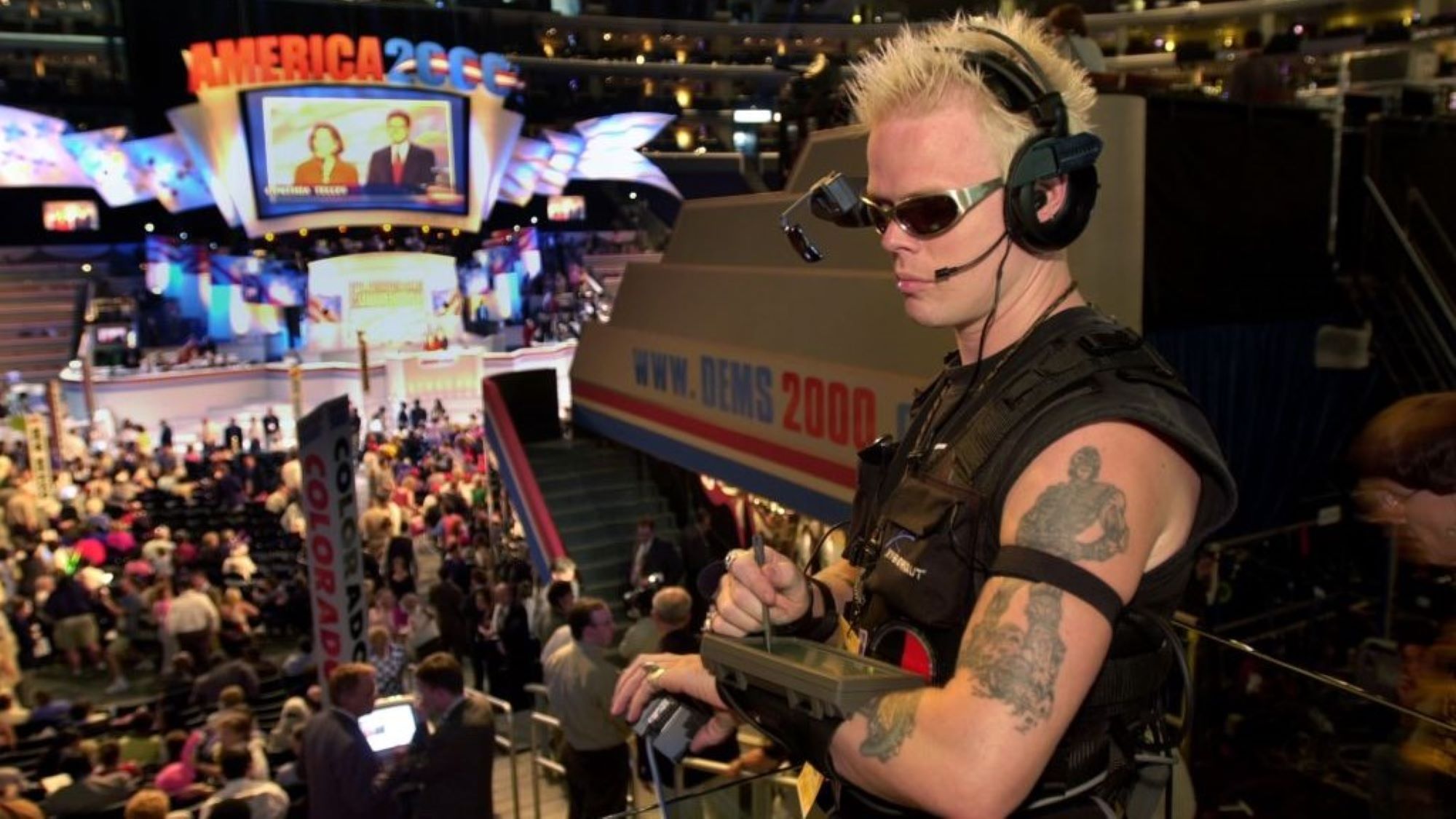
You could argue that wearable computers have happened. We have phones in our pockets and sensor-packed smart watches on our wrists. But that’s not the concept sold by Xybernaut, which sold several thousand wearable PCs between 1995 and its 2005 demise. Its Mobile Assistant series packed the computing device into a plastic box worn on the waist, while users strapped a QWERTY keyboard to their wrist and used a one-inch head-mounted display to see what was going on. Xybernaut only sold a few thousand models before it — and the idea — melted into obscurity.
Microsoft Bob
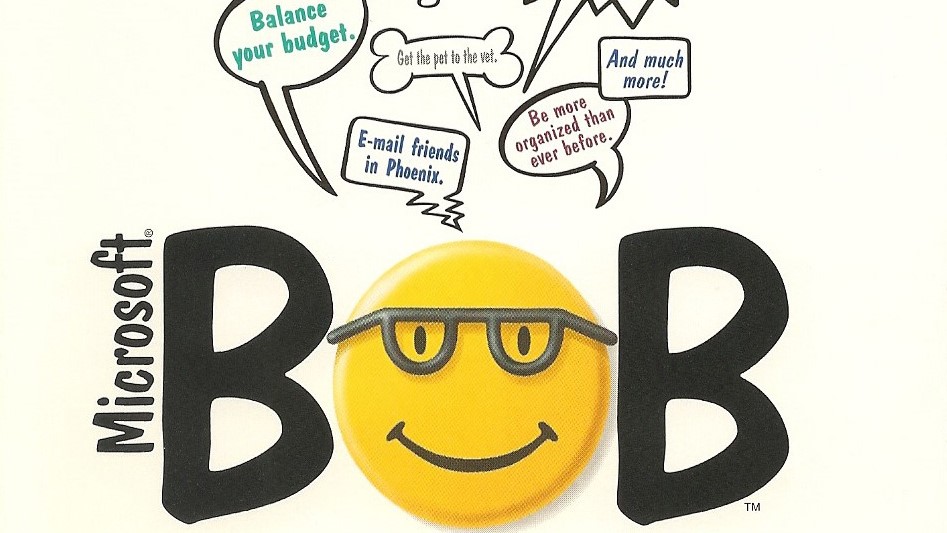
In the mid-1990s, many struggled to get to grips with Windows. Microsoft’s solution: Bob. Rather than a flat desktop, users would enter a 3D room where they could click on a calendar, an address book, a typewriter, a checkbook and more. But not only did users find it patronizing, Bob was far too demanding for the hardware of the time, and was discontinued within a year. Still, without Bob, there would be no Comic Sans: designer Vincent Connare created it for the speech bubbles, and while the font wasn’t finished in time for Bob’s release, it still lives on today.
DivX

Why rent a fading VHS video when you could buy a crisp DivX disc with the same film, in DVD quality, for $4.50? No need to return it: once activated, you had two days to watch the movie and then the disc would be unreadable. Just get rid of it! American electronics retailer Circuit City put its weight behind the idea in 1998, and was backed by the major studios, who loved the strict piracy controls. Sadly, users didn’t like the expensive players or that the player had to “phone home” to authenticate. The possible environmental impact, too, was significant. And they won: the format was discontinued in June 1999.
Flying saucers

Science fiction has long inspired real-world technology, and it’s easy to see what kind of movies British designer John West grew up on. In 1975, he created a real flying saucer, with helium to add lift and a set of propellers to push his invention in the right direction. Sadly, West never got funding to turn his 30-foot (9 meters) diameter, radio-controlled prototype into the 200-foot (61 meters) production model that he believed would be capable of carrying 10-ton (9 metric tons) payloads for 1,000 miles (1,600 km) at 100 miles per hour (160 kilometers per hour), but you can view the prototype in action on YouTube.
HUDs in motorbike helmets
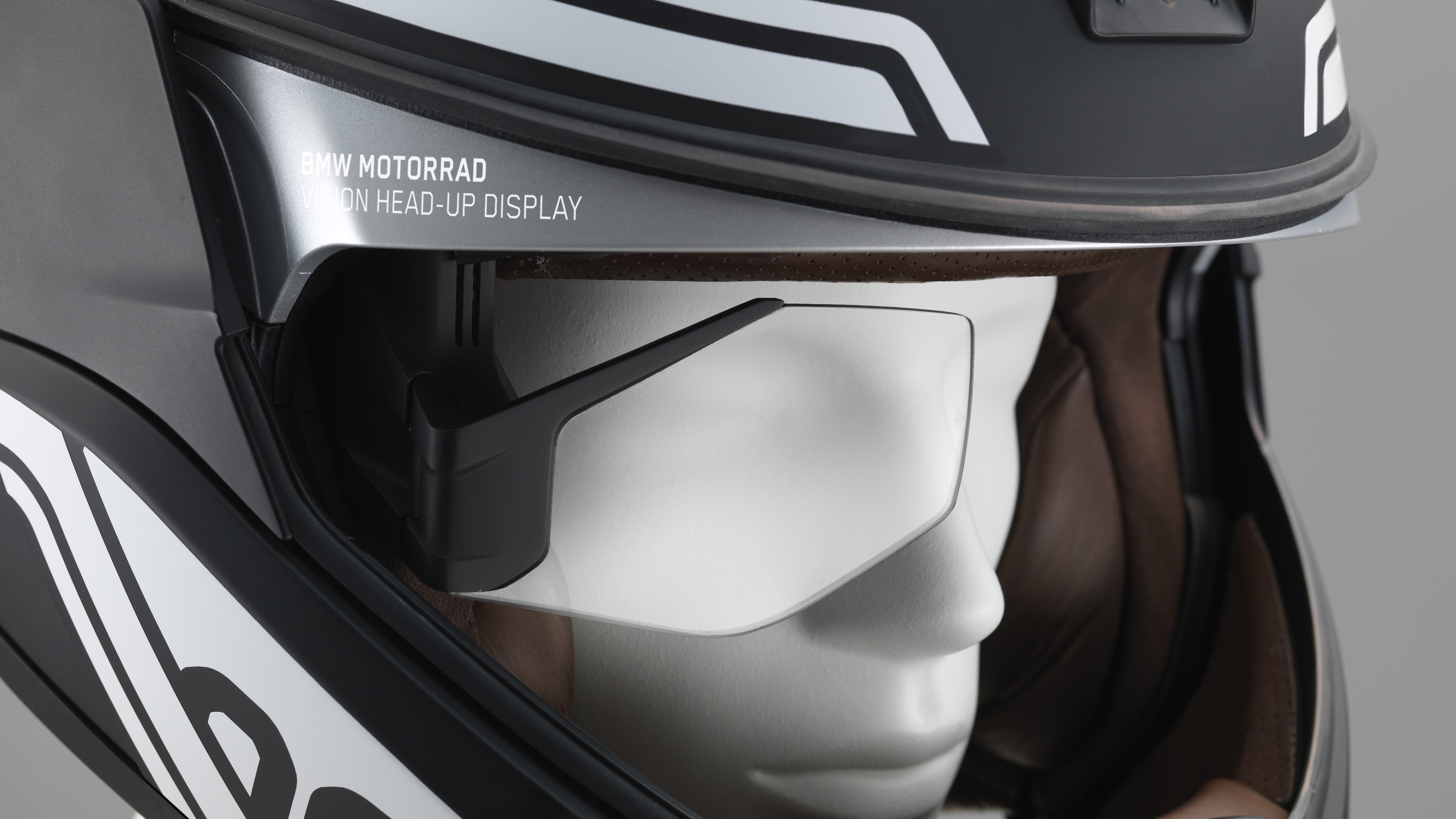
It seems so obvious: integrate a heads-up display into a motorbike helmet to show directions and speed so that riders need never take their eyes off the road. Indiegogo campaigns raised over $2.5 million for Skully Helmets by 2015, and Intel injected a further $1 million, but few helmets ever shipped. Meanwhile, BMW’s attempt never made it out of the concept stage. Instead, it now sells its ConnectedRide smart glasses for $750 while Nuviz offers a $699 standalone HUD. True HUDs in motorbike helmets seem destined to never happen.
VR movies

VR movies were once the Next Big Thing, with viewers fully immersed in the action when watching on their VR headsets. California tech startup Jaunt raised around $100 million from investors by 2015, with its 24-lens orb camera capturing the action from gigs and sporting events, and filmmakers also able to create their own movies. Disney even created a VR version of Coco. But not enough people bought VR headsets, and not enough of those people wanted to watch films on them — leading Jaunt to declare bankruptcy and take the nascent VR movie industry with it.
Internet fridges

We are willing to admit that robot butlers may never appear, but when manufacturers promised us dream homes where fridges would automatically order food as required, the idea felt genuinely plausible. Sadly, the reality is rather more mundane. While all the big companies sell smart fridges that monitor temperatures and have holiday modes to save energy — and some offer touch screens that can display recipes and show you what’s inside the fridge without you opening the door — we remain a long way from living the fully automated life of The Jetsons.
Space elevators
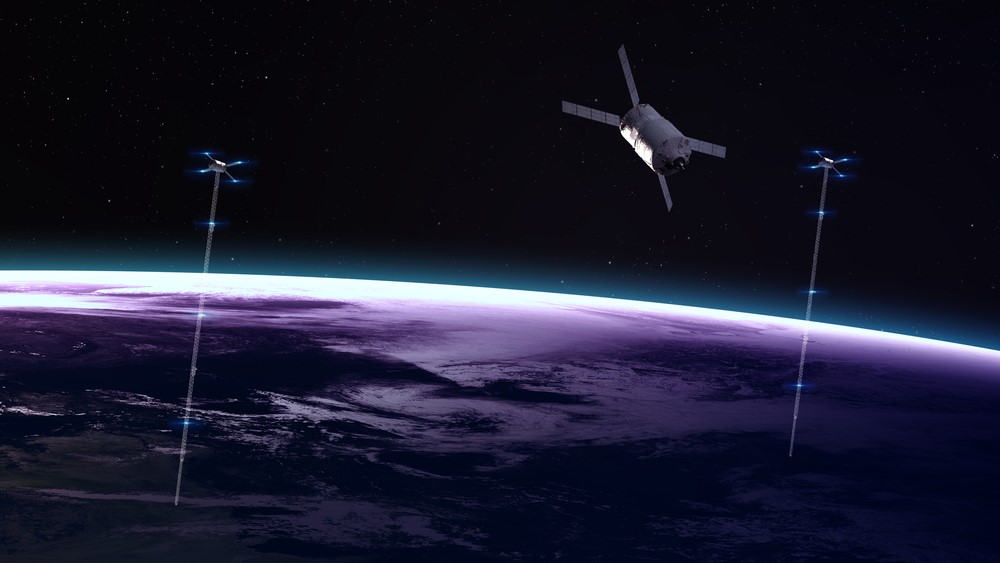
The idea of a structure stretching out into space dates to 1895, when Russian rocket scientist Konstantin Tsiolkovsky speculated that this could be the way to launch items into space. The concept edged closer to reality when, in 2000, a NASA report set out details of a structure using “high-strength carbon nanotube materials” that would be tethered from geostationary Earth orbit (an altitude of around 22,000 miles, or 36,000 km), with crawlers that would put payloads such as satellites into orbit. While research continues, slowly, we await the key breakthrough that might one day make the technology a reality.
LaserDiscs
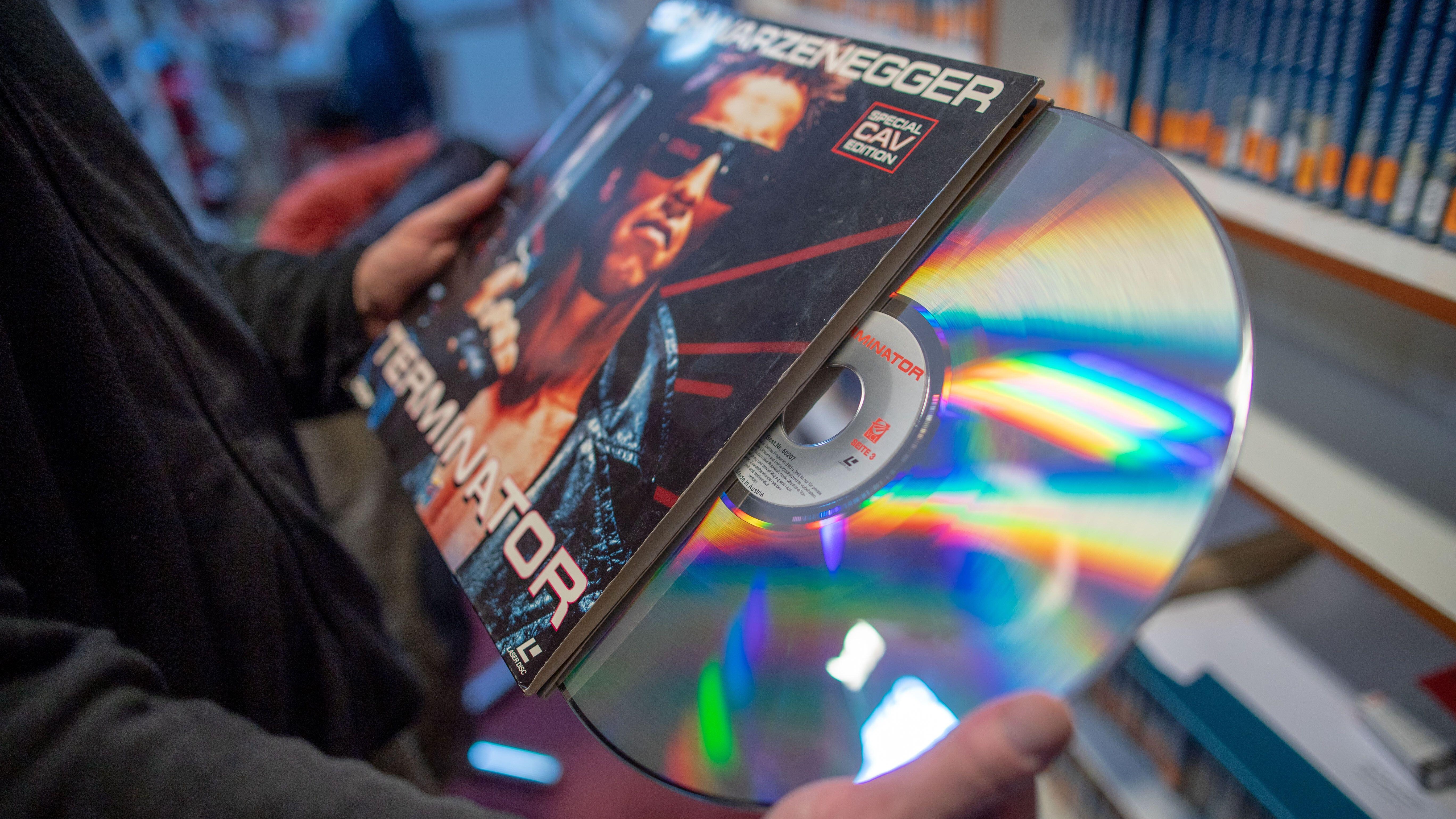
Who remembers watching Jaws on a LaserDisc in 1978? Long before Sony and Toshiba came along with CDs and DVDs, well-heeled Americans could buy a 12-inch disc (initially called DiscoVision) with data stored on both sides. It’s thought that one million U.S. homes included LaserDisc players by 1990. The format proved even more popular in Japan, but ultimately its high cost and the inexorable rise of DVD proved LaserDisc’s undoing. In 2009, Pioneer, the long-time backer of LaserDisc, announced it would no longer be making players.
Teasmades

We will happily admit that the teasmade is stretching the modern definition of a “technology,” but this quintessentially British invention — a bedside clock (and light!) that can make you a freshly brewed cup of tea ready for when you wake up — never quite escaped the British isles. Teasmades were incredibly popular in the U.K. in the 1950s and 1960s, and a handful of models are still available for sale today. We say: don’t write them off just yet. Switch to coffee, get Starbucks to invest and worldwide domination will soon follow.
Windows RT

Imagine a version of Windows with no security problems, an intuitive touch interface and a rich selection of apps to match the iPad. Well, 12 years after the launch of Windows RT and we’re still imagining, with the operating system long since retired. Three problems killed it. First, software developers didn’t share Microsoft’s vision, leaving its app store barren. Second, many users despised the tile-based interface. And third, it lacked the great selling point of Windows: universal compatibility with software.
Li-Fi

Where Wi-Fi uses radio signals to transmit data, Li-Fi uses LED light: a receiver in a phone or laptop detects the intensity from an LED bulb, which can be modulated billions of times per second, and turns that information into data. One advantage over Wi-Fi is that light doesn’t leak out of a room, so it’s far more secure, which is one reason the U,S. army likes it. But Li-Fi has never broken out of its niche — or at least not yet, with British manufacturer pureLiFi claiming that the technology is “poised to redefine connectivity” at MWC 2024.
Paper clothing

The idea of paper clothing stretches from second-century China to Japanese kamikos, which were popular from the tenth century right through to the nineteenth. But it was swinging 60s America that rebooted the concept, reaching a peak with the Warhol-inspired Souper Dress in 1967. Paper clothing even hit British TV screens in 1965, with science program Tomorrow’s World telling its viewers that “tomorrow’s girl” would wear a paper shirt “ideal for jotting down numbers.” Why the idea went up in smoke is a mystery.
Internet tablets
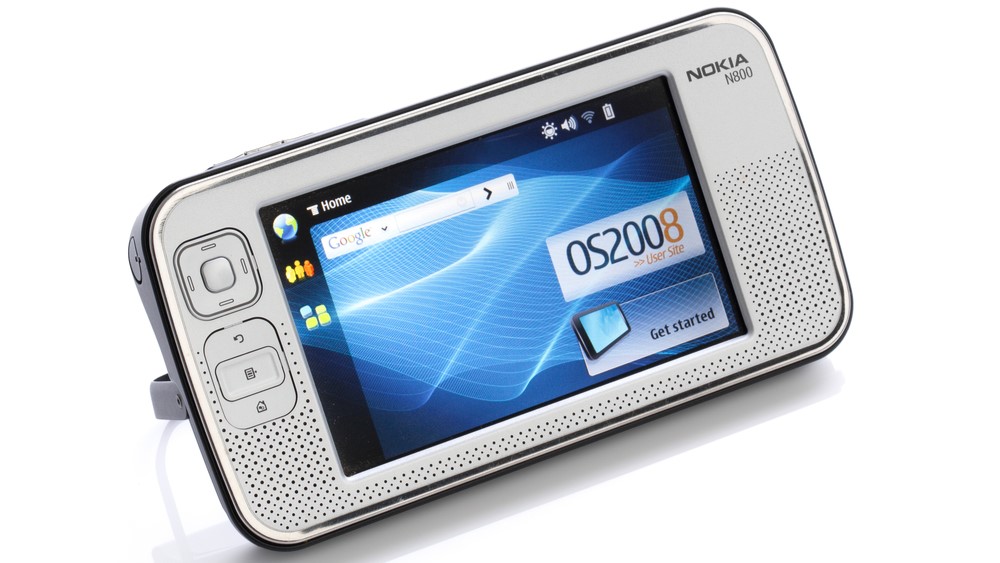
Long before the iPad stormed into being, the likes of Nokia and Microsoft kept on trying to sell the concept of internet tablets. These were primarily designed to be windows onto the web, but were then stuffed with extra software — think Flash, RSS readers, Skype and internet radio players, to name but a few. The only trouble being that internet tablets were rubbish. They were slow, ugly and plagued with terrible interfaces, as manufacturers seemed to favor long tick boxes of features rather than what people actually wanted: usability.
Video phones
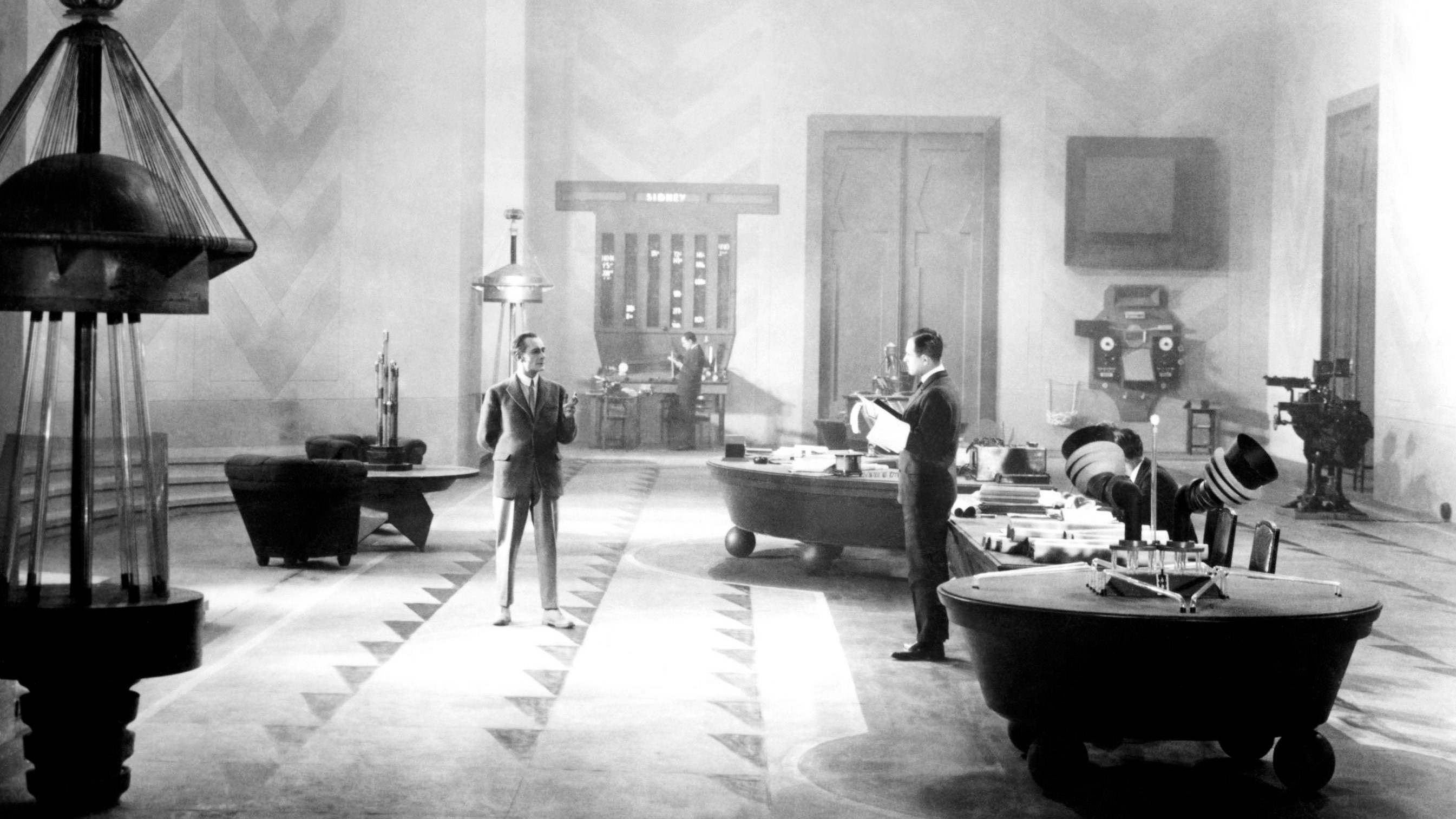
From Fritz Lang’s 1927 masterpiece “Metropolis” to the first (and best) “Blade Runner” film, video phones were a staple of science fiction in movies for half a century. Of course everyone in the future would chat via video phones dedicated to that one purpose! It made sense: if we all have audio phones now, we’ll have video phones in the future, right? But long before video phones as a dedicated device could take off, along came smartphones — which simply do everything. The closest we now come to video phones is being stuck in endless meetings on Zoom.
Handheld PCs
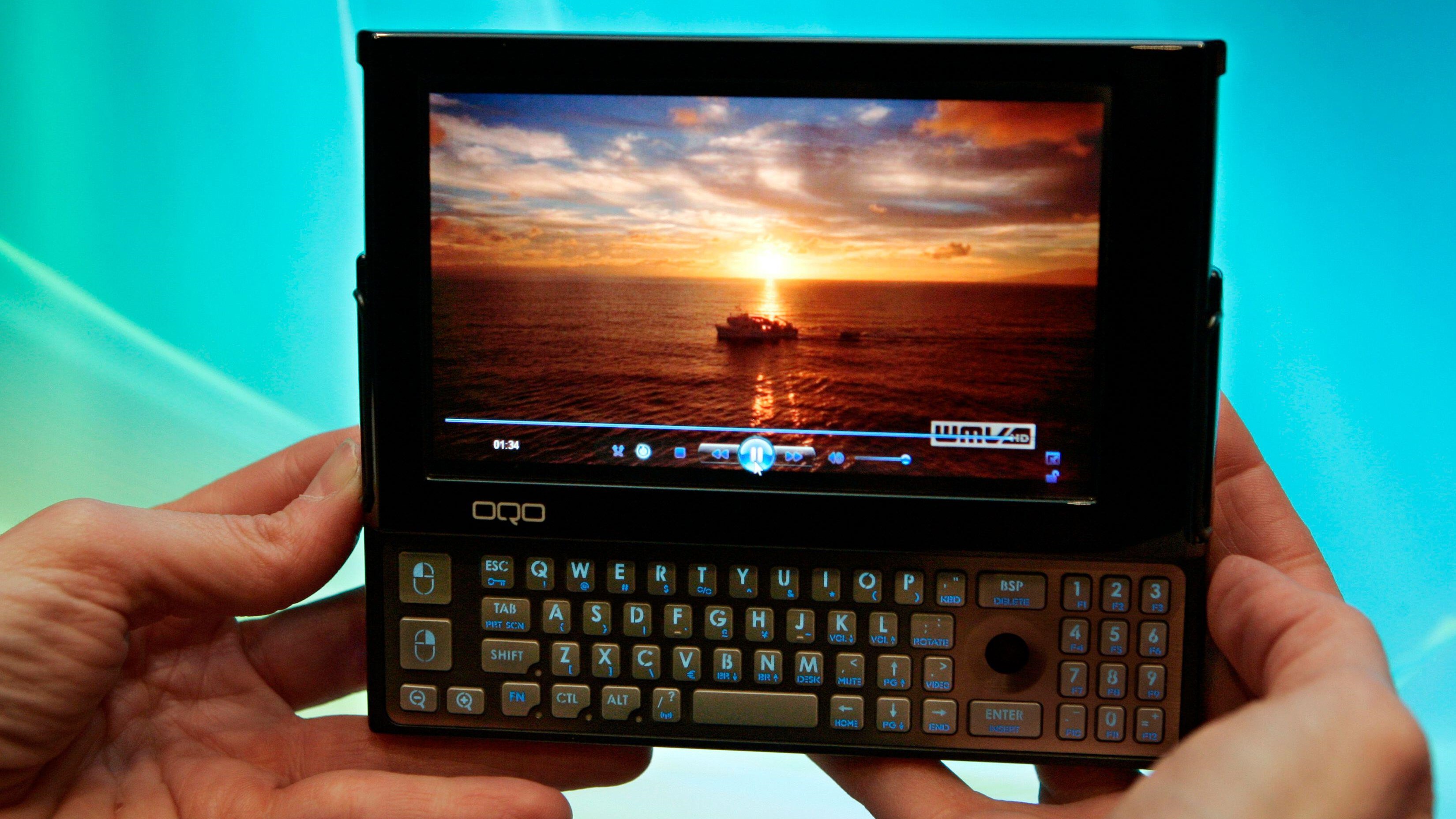
For a while, it seemed that handheld PCs would be a huge hit. Atari and HP both launched handheld devices in 1989, complete with tiny screens and a keyboard. They flopped. History repeated when Microsoft and Intel failed to sell the world on the idea of their “ultra mobile PC” form factor in 2006. OQO, a U.S. computer company dedicated to handheld computers, flirted with success but ultimately sank into obscurity. Recent handheld gaming PCs such as the Asus ROG Ally keep the idea alive, but users are never quite as keen as the manufacturers.
Luggable computers
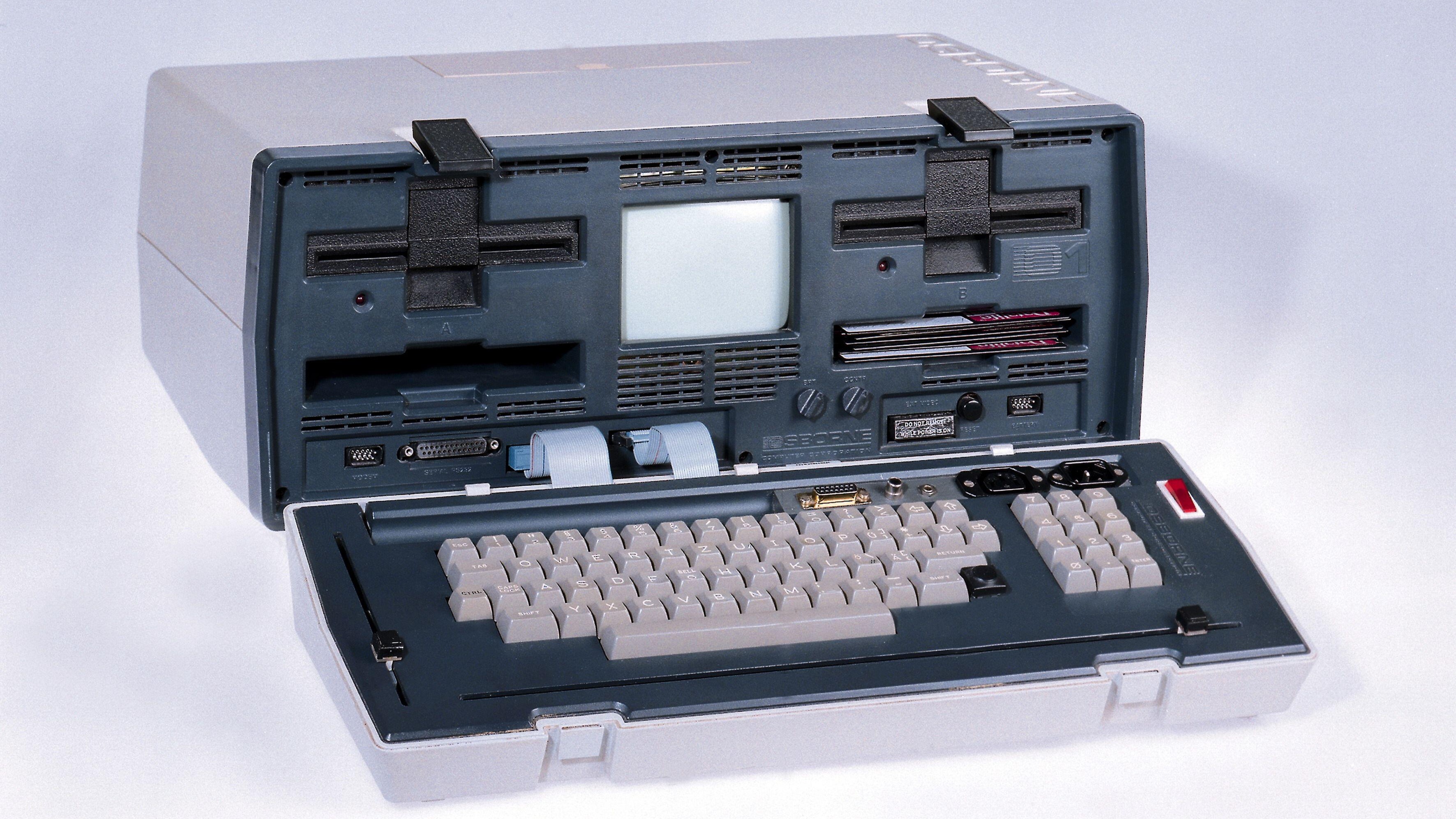
In the early 1980s, traveling executives dreamed of “luggable” computers that could fit inside a suitcase. All they would need to do was plug it in once they got to their destination. The Osborne 1 was the archetypal luggable, with a five-inch (13 centimeters) display and full-sized keyboard, and the 24-pound (11 kilograms) machine was a bestseller in 1981. But then along came laptops, replete with batteries and LCD screens, and the luggable became history. HP tried to breathe new life into the idea with the Envy Move all-in-one in 2023, but alas, sales seem rather slow.
Airships

Airships, including German Zeppelins, once battled it out with airplanes for supremacy. Unlike early planes, they could cross oceans without stopping for fuel, while passengers enjoyed a gentle, almost noiseless flight. Unfortunately, as most airships used hydrogen rather than the far less common helium, they had a tendency to go up in flames — most infamously shown by the Hindenburg disaster in 1937. Airships still exist, including their lesser cousins blimps, but good luck catching one from New York to London.

